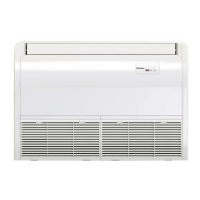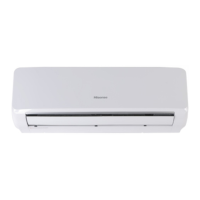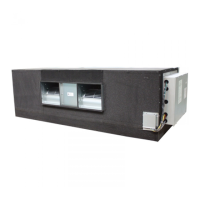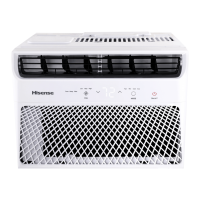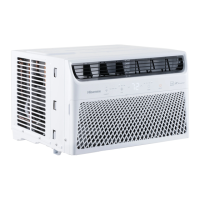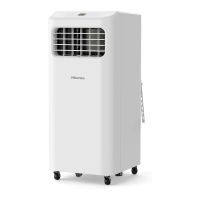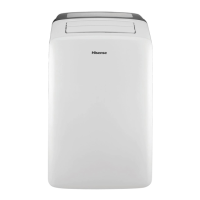83
Refrigerant Piping Work
4. Refrigerant Piping Work
●
Use refrigerant R410A in the refrigerant cycle.
Do not charge oxygen, acetylene or other ammable and poisonous gases into the refrigerant cycle when
performing a leakage test or an air-tight test. These types of gases are extremely dangerous and can cause an
explosion. It is recommended that compressed air, nitrogen be used for these types of tests.
●
Check to ensure that no pressure exists inside the stop valve before removing the ange.
Ensure to connect the piping among the units in the same refrigerant cycle
4.1 Piping Materials
(1) Prepare copper pipes to be supplied in the locality.
(2) Select the piping size from this handbook.
(3) Select clean copper pipes. Make sure there is no dust and moisture inside the pipes. Purge pipes with nitrogen or dry air
to remove any dust or foreign matters before connecting pipes. Do not use any tools which produce a lot of swarf such
as a saw or a grinder.
● Cautions for Refrigerant Pipe Ends
When installing pipe through the wall, secure
a cap at the end of the pipe.
Correct Incorrect
Hole Hole
Attach a cap or vinyl tape.
Do not place the pipe directly on the
ground
Correct Incorrect
Attach a cap or vinyl tape.
Correct
Incorrect
Rain water can enter
Attach a cap or
vinyl bag with
rubber band.
● Cautions for Piping Connection Work
(1) Connect the indoor/outdoor units with refrigerant pipes. Fix the pipes and pay attention not to
contact with weak materials such as ceiling. Otherwise, vibration of piping may give o abnormal
sound.
(2) Apply refrigerant oil slightly on the sheet surface of the pipe and are nut before the aring work.
Tighten the are nut by two wrenches with the specied tightening torque. Perform the
aring work on the liquid piping then on the gas piping. Check the gas leakage after the aring
work.
Apply Refrigerant Oil
NOTE:
Refrigerant oil is eld-supplied.
【
Model: FVC68D
】
(3) In case that temperature and humidity inside the ceiling exceed 81°F(27°C)/RH80%, apply additional insulation with
thickness around 24/65in.(10mm) to the accessory insulation. It prevents dew condensation on the surface of the
insulation (refrigerant pipe only).
(4) Perform the air-tight test (601psi(4.15MPa) for the test pressure).
(5) Perform cold insulation work by insulating and taping the are connection and reducer connection. Also insulate all the
refrigerant pipes.
● When tightening the are nut, use two wrenches.
with two wrenches
Do not apply excessive force to the are nut when tightening. Otherwise, the are nut
may crack due to aged deterioration and refrigerant leakage may occur. Use the specied
tightening torque.

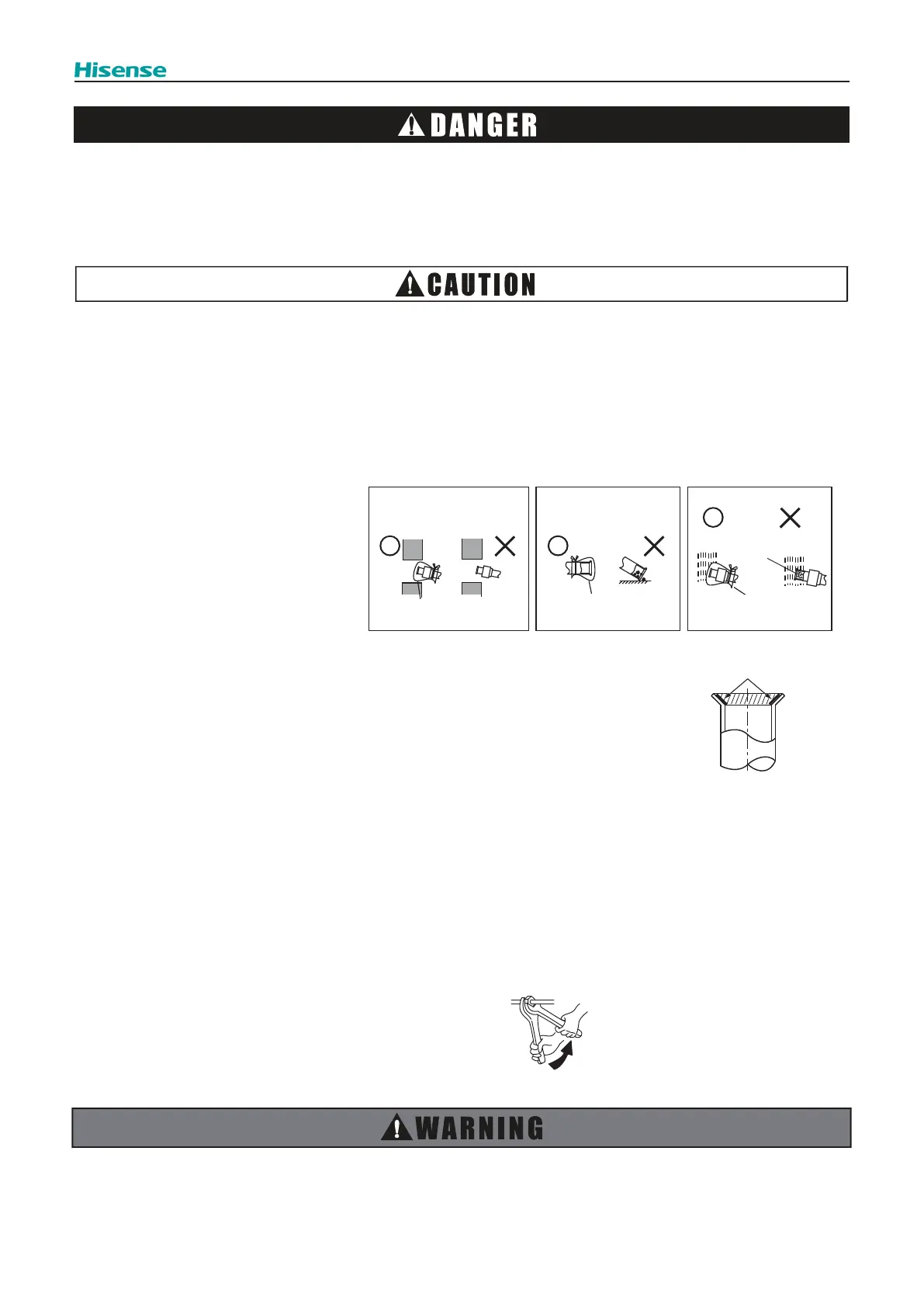